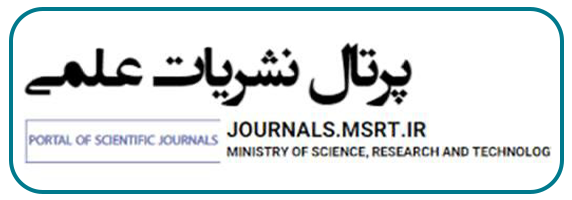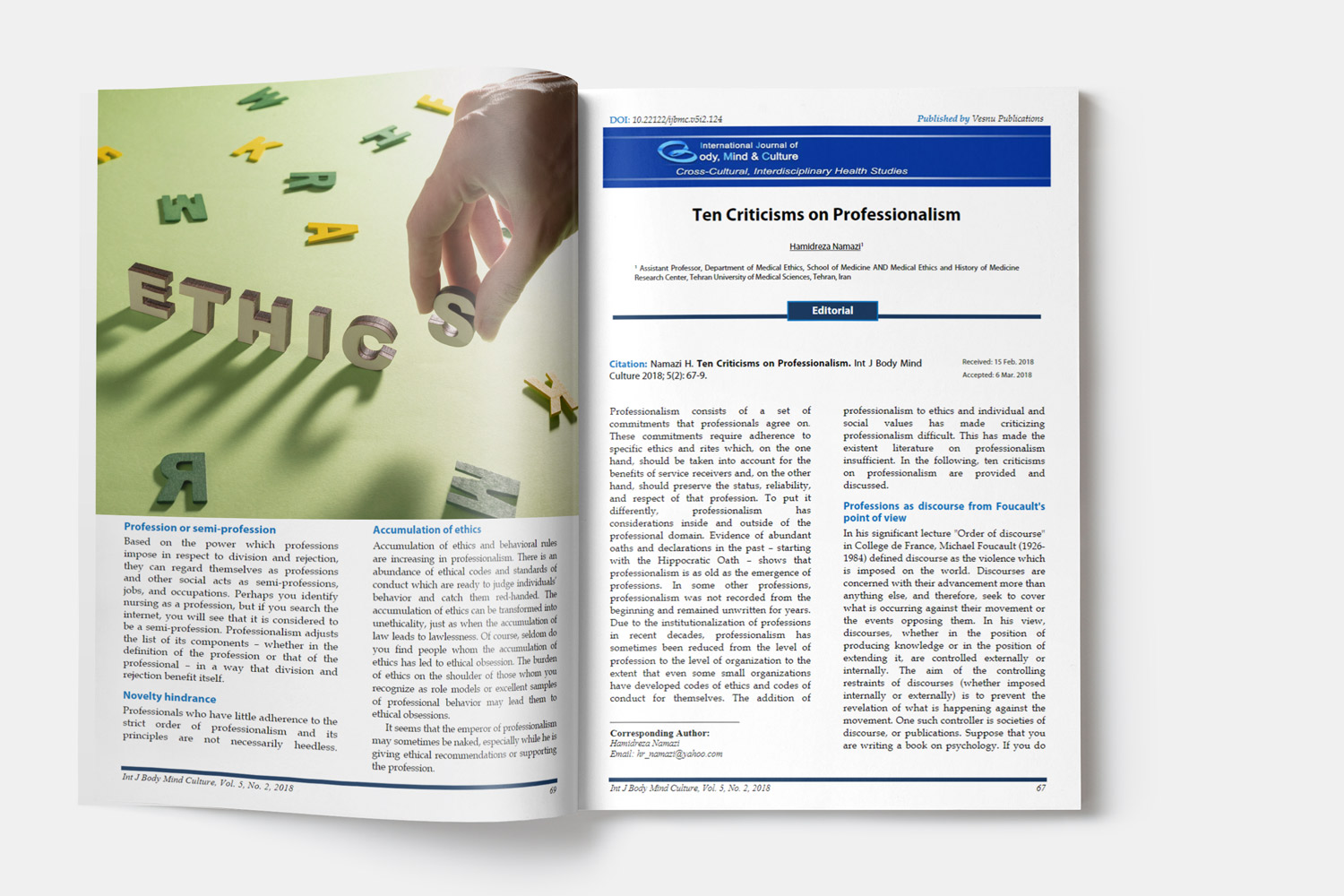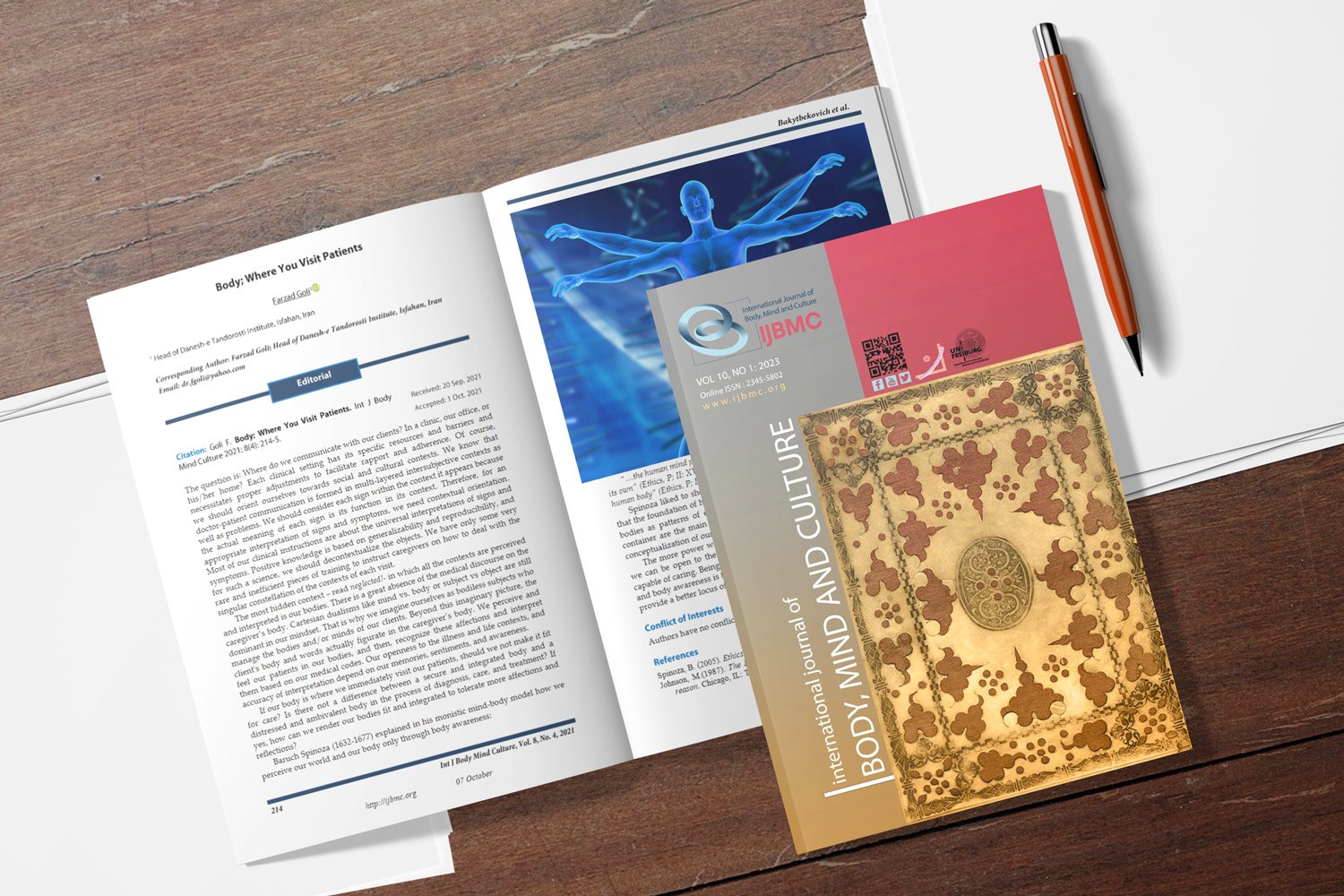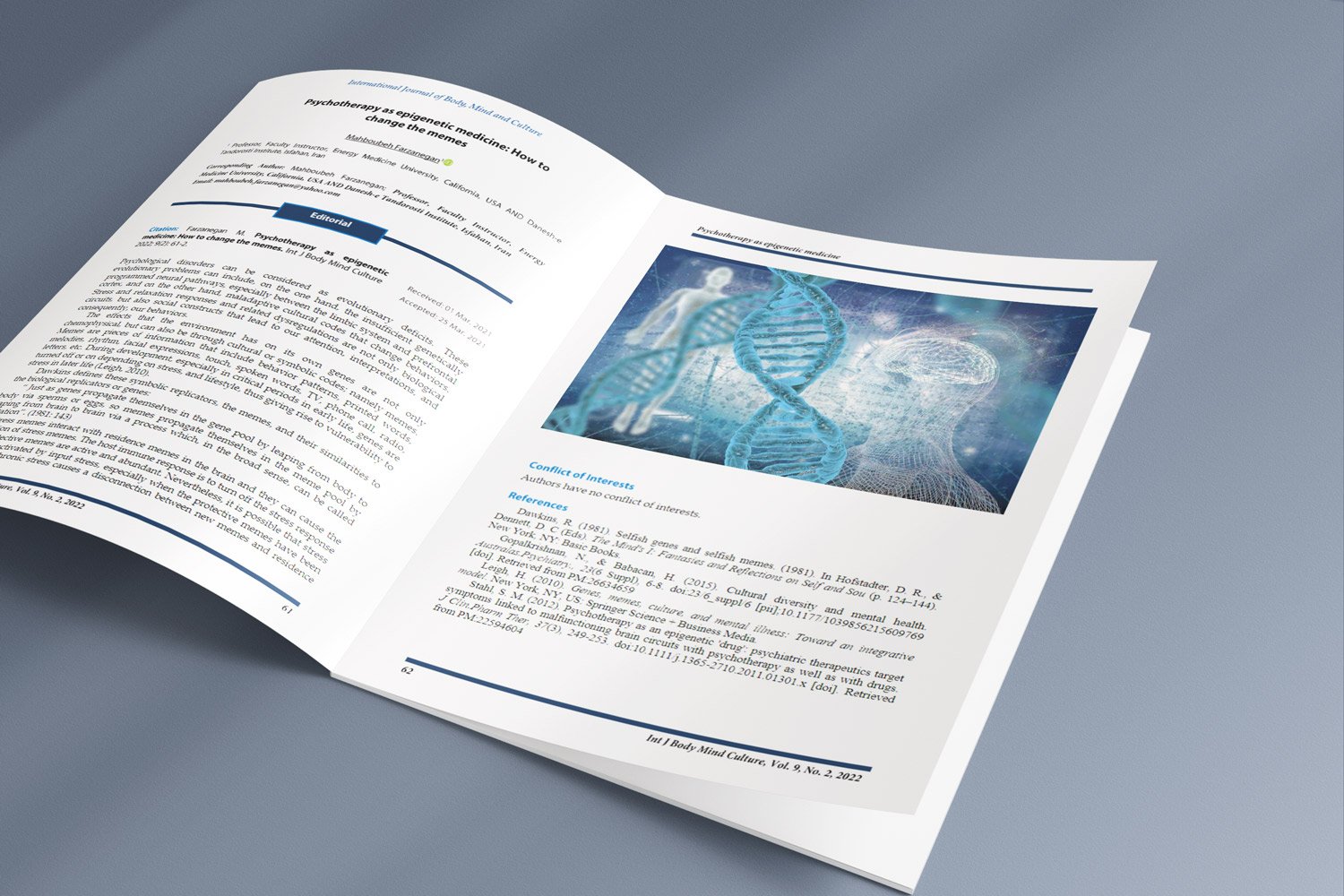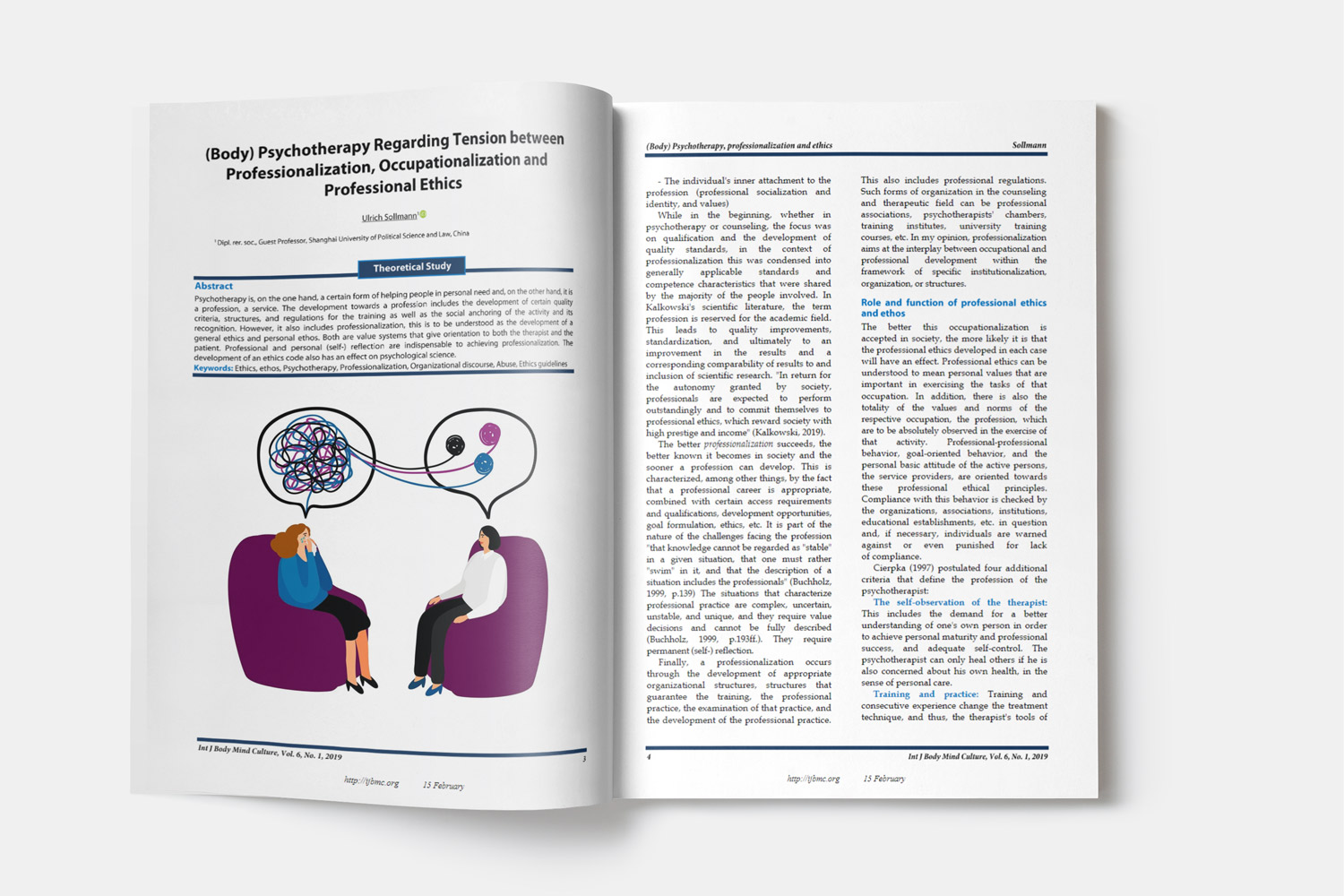Comparing the Effectiveness of Acceptance and Commitment Therapy and Hope Therapy on Pain Anxiety and Self-Acceptance in Patients with Leukemia
Effectiveness of ACT and hope therapy in patients with leukemia
Downloads
Background: Leukemia is one of the most prevalent types of cancer that can also result in severe psychological damage. The current study aimed to investigate the effectiveness of acceptance and commitment therapy (ACT) and hope therapy on pain anxiety and self-acceptance in patients with leukemia.
Methods: The current study was a semi-experimental research with a pre-test and post-test design and the control group. The statistical population of the current study, which included 167 individuals, comprised all of the patients with leukemia who were sent to the Princess Noorah Oncology Center in Jeddah, Saudi Arabia, in the year 2020. Twenty individuals were divided into three groups using simple random sampling: the ACT group, the hope therapy group, and the control group. The Pain Anxiety Symptoms Scale (PASS) developed by McCracken et al. to assess anxiety related specifically to pain was used throughout this study. We also used the Chamberlain and Haaga Unconditional Self-Acceptance Questionnaire (USAQ) to measure unconditional self-acceptance levels. Using the SPSS software, a multivariate analysis of covariance (MANCOVA) was used to analyze the data.
Results: The mean ± standard deviation (SD) of pain anxiety in the ACT group decreased from 78.49 ± 6.83 in the pre-test to 53.67 ± 5.41 in the post-test (P < 0.001). In the hope therapy group, it decreased from 79.18 ± 6.32 in the pre-test to 66.46 ± 5.89 in the post-test (P < 0.001). The mean ± SD of self-acceptance in the ACT group increased from 62.39 ± 6.14 in the pre-test to 93.57 ± 7.64 in the post-test (P < 0.001); in the hope therapy group, it increased from 63.21 ± 6.32 in the pre-test to 89.72 ± 7.53 in the post-test (P < 0001), but the mean ± SD of both variables in the pre-test and post-test of the control group showed no significant difference. In addition, the Bonferroni post-hoc test revealed that the ACT approach had a stronger impact than the hope therapy (P < 0.01).
Conclusion: According to the findings of this study, patients with leukemia who participated in either ACT or hope therapy experienced a significant improvement in their ability to accept themselves and experience less anxiety and discomfort as a result of their treatment. However, the effects of ACT were greater than those of hope therapy.
Downloads
Abraham, J., Wei, G., Desai, S., Chen, P. L., & Seminario-Vidal, L. (2022). Perspectives and quality of life in skin of color patients with mycosis fungoides/Sézary syndrome: A qualitative analysis. Research Square. DOI: https://doi.org/10.21203/rs.3.rs-1458724/v1
Anderson, T. R. (2020). Resilience-building with pediatric oncology patients in an in-patient medical setting [PhD Thesis]. Chicago, IL: The Chicago School of Professional Psychology.
Arch, J. J., Wolitzky-Taylor, K. B., Eifert, G. H., & Craske, M. G. (2012). Longitudinal treatment mediation of traditional cognitive behavioral therapy and acceptance and commitment therapy for anxiety disorders. Behav Res Ther, 50(7-8), 469-478. doi:S0005-7967(12)00076-9 [pii];10.1016/j.brat.2012.04.007 [doi]. Retrieved from PM:22659156
Chamberlain, J.M., & Haaga, D.A.F. (2001). Unconditional Self-acceptance and responses to negative feedback. J Ration Emot Cogn. Behav Ther, 19(3), 177-189.
Corman, M., Rubio, M. T., Cabrespine, A., Brindel, I., Bay, J. O., Peffault, D. L. T. et al. (2021). Mental health and quality of life of patients undergoing hematopoietic stem cell transplantation (HSCT) prior to hospitalization: a cross-sectional complete state health study. Health Psychol Behav Med, 9(1), 70-83. doi:10.1080/21642850.2021.1873140 [doi];1873140 [pii]. Retrieved from PM:34104550
Faryabi, M., Rafieipour, A., Haji-Alizadeh, K., & Khodavardian, S. (2021). Comparison of the Effectiveness of Cognitive-Behavioral Therapy and Acceptance and Commitment Therapy on Anxiety, Perceived Stress, and Pain Coping Strategies in Patients with Cancer. Int J Body Mind Culture, 8(1), 55-64.
Haase, E. S. (2020). Effectiveness of positive psychology interventions on a reduction of mental health complaints and improving well-being in cancer survivors : A systematic review. [MSc Thesis]. Enschede, Netherlands: University of Twente.
Hann, K. E. J., & McCracken, L. M. (2014). A systematic review of randomized controlled trials of Acceptance and Commitment Therapy for adults with chronic pain: Outcome domains, design quality, and efficacy. J Contextual Behav Sci, 3(4), 217-227.
Herth, K. (2000). Enhancing hope in people with a first recurrence of cancer. J Adv.Nurs., 32(6), 1431-1441. doi:jan1619 [pii];10.1046/j.1365-2648.2000.01619.x [doi]. Retrieved from PM:11136411
Hi, C. D., & Uzar-Ozcetin, Y. S. (2020). "Now I keep my feet on the ground. Earlier, I was arrogant and felt too big for my boots." Perspectives of people with cancer and oncology nurses on the psychological empowerment process. Eur J Oncol.Nurs., 49, 101862. doi:S1462-3889(20)30142-3 [pii];10.1016/j.ejon.2020.101862 [doi]. Retrieved from PM:33137693
Jang, H., Kim, S., Kim, D., Park, M., Rhue, S., Lee, C. et al. (2022). “It's a part of the patient”: The experiences of patients with cancer undergoing home-based chemotherapy from patients' and nurses' perspectives. Asia Pac J Oncol Nurs, 9(8), 100072.
Li, H., Wong, C. L., Jin, X., Chen, J., Chong, Y. Y., & Bai, Y. (2021). Effects of Acceptance and Commitment Therapy on health-related outcomes for patients with advanced cancer: A systematic review. Int J Nurs.Stud, 115, 103876. doi:S0020-7489(21)00008-0 [pii];10.1016/j.ijnurstu.2021.103876 [doi]. Retrieved from PM:33517079
Lu, Y. Y., Lu, X. M., Shao, C. Y., Wang, C. C., Xu, T. T., & Zhang, B. L. (2022). Empathetic nursing with mindful cognitive therapy for fatigue, depression, and negative emotions in leukemia patients undergoing long-term chemotherapy. World.J Clin Cases., 10(6), 1826-1833. doi:10.12998/wjcc.v10.i6.1826 [doi]. Retrieved from PM:35317141
McCracken, L. M., Zayfert, C., & Gross, R. T. (1992). The Pain Anxiety Symptoms Scale: development and validation of a scale to measure fear of pain. Pain, 50(1), 67-73. doi: 10.1016/0304-3959(92)90113-P [doi]. Retrieved from PM: 1513605.
Marinovic, D. A., & Hunter, R. L. (2022). Examining the interrelationships between mindfulness-based interventions, depression, inflammation, and cancer survival. CA.Cancer J Clin. doi:10.3322/caac.21733 [doi]. Retrieved from PM:35709081
Mun, C. J., Davis, M. C., Molton, I. R., Karoly, P., Suk, H. W., Ehde, D. M. et al. (2019). Personal resource profiles of individuals with chronic pain: Sociodemographic and pain interference differences. Rehabil.Psychol, 64(3), 245-262. doi:2019-04367-001 [pii];10.1037/rep0000261 [doi]. Retrieved from PM:30688480
Park, H. Y., Jang, Y. E., Oh, S., & Lee, P. B. (2020). Psychological characteristics in patients with chronic complex regional pain syndrome: comparisons with patients with major depressive disorder and other types of chronic pain. J Pain Res, 13, 389-398. doi:10.2147/JPR.S230394 [doi];230394 [pii]. Retrieved from PM:32104060
Rumlerová, T., Friso, F., Torres Romero, J., Kavensk+í, V., & Politi, M. (2022). Participant Experiences on a Medicinal Plant Diet at Takiwasi Center: An In-Depth Small-Scale Survey. Anthropology of Consciousness, 33(1), 38-62.
Saghaei, S., & Mostafazadeh, A. (2019). The effectiveness of music therapy on anxiety sensitivity and self-efficacy in adolescents with leukemia in Tehran, Iran. Int J Body Mind Culture, 6(2), 112-117.
Sepanta, M., Shirzad, M., & Bamdad, S. (2019). The effectiveness of mindfulness-based cognitive therapy on catastrophizing and anxiety associated with pain in adolescents with leukemia. Int J Body Mind Culture, 6(1), 27-34.
Snyder, C. R. (1999). Coping: The psychology of what works. Oxford, UK: Oxford University Press.
Snyder, C. R. (2000). Handbook of hope: Theory, measures, and applications. San Diego, CA: Academic Press.
Snyder, C. R., Lehman, K. A., Kluck, B., & Monsson, Y. (2006). Hope for rehabilitation and vice versa. Rehabil Psychol, 51(2), 89-112.
Su, H., Wang, L., Li, Y., Yu, H., & Zhang, J. (2019). The mediating and moderating roles of self-acceptance and self-reported health in the relationship between self-worth and subjective well-being among elderly Chinese rural empty-nester: An observational study. Medicine (Baltimore.), 98(28), e16149. doi:10.1097/MD.0000000000016149 [doi];00005792-201907120-00010 [pii]. Retrieved from PM:31305397
Suzuki, A., Ishikawa, H., & Okada, M. (2021). Development, Validation, and Internal Consistency of the Positive Psychology-Based Acceptance of Illness Scale (PAIS): A Culturally-Appropriate Japanese Measure. SAGE Open, 11(4), 21582440211058197.
Turner, J., Sherman, K., Anderson, M., Balderson, B., Cook, A., & Cherkin, D. (2015). (481) Catastrophizing, pain self-efficacy, mindfulness, and acceptance: relationships and changes among individuals receiving CBT, MBSR, or usual care for chronic back pain. J Pain, 16, S96.
Wayant, C., Manquen, J., Wendelbo, H., Kerr, N., Crow, M., Goodell, J. et al. (2021). Identification of evidence for key positive psychological constructs in pediatric and adolescent/young adult patients with cancer: A scoping review. J Adolesc.Young Adult.Oncol., 10(3), 247-259. doi:10.1089/jayao.2020.0184 [doi]. Retrieved from PM:33464990
Yu, J., & Liu, X. (2021). Effect of psychological intervention care on the negative mood and hope level of elderly patients undergoing knee arthroplasty. Am.J Transl.Res, 13(6), 6584-6591. Retrieved from PM:34306400
Zhao, C., Lai, L., Zhang, L., Cai, Z., Ren, Z., Shi, C. et al. (2021). The effects of acceptance and commitment therapy on the psychological and physical outcomes among cancer patients: A meta-analysis with trial sequential analysis. J Psychosom.Res, 140, 110304. doi:S0022-3999(20)30866-7 [pii];10.1016/j.jpsychores.2020.110304 [doi]. Retrieved from PM:33248396
Copyright (c) 2022 International Journal of Body, Mind and Culture

This work is licensed under a Creative Commons Attribution-NonCommercial 4.0 International License.






